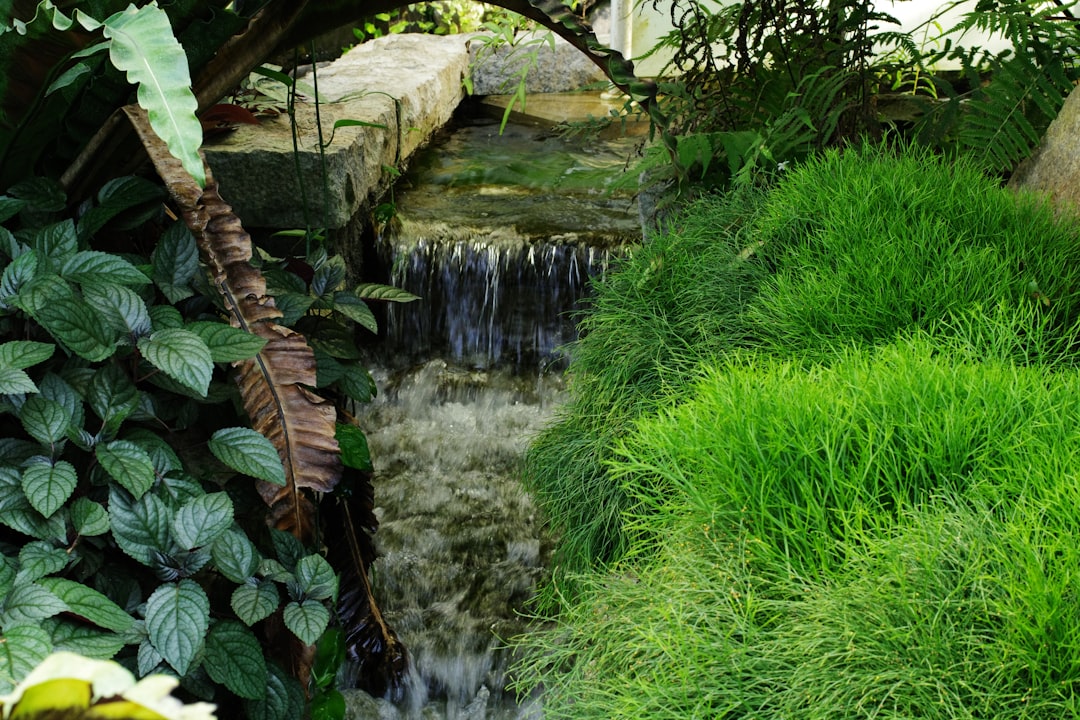Secrets to a Bird - Free Lush Lawn

When it comes to creating and maintaining a beautiful yard, one of the most frustrating challenges can be keeping birds from feasting on your grass seed. A lush, green lawn is the envy of the neighborhood, but those pesky birds can quickly turn your well - planned seeding project into a disaster. However, with a few simple tips, you can protect your grass seed and enjoy the lawn of your dreams.
First and foremost, understanding why birds are attracted to grass seed is crucial. Grass seed is a natural food source for many bird species. It is rich in nutrients and easy for them to pick up and consume. Sparrows, finches, and pigeons are just a few of the common birds that may target your newly seeded lawn. By knowing your enemy, so to speak, you can better develop strategies to keep them at bay.
One effective method is the use of visual deterrents. Birds are often scared away by sudden movements and bright, flashing objects. You can hang old CDs or DVDs around your yard. The reflections and the way they spin in the wind will create an unpredictable and intimidating environment for the birds. Another option is to use scarecrows. Although they may seem like a classic and somewhat old - fashioned solution, they can still be quite effective. Place a well - made scarecrow in the middle of your seeded area, and move it around every few days to prevent the birds from getting used to it.
Netting is also a popular choice for protecting grass seed. You can purchase special bird netting from your local garden center. This netting is designed to be lightweight and easy to install. Simply spread it over your seeded area, making sure to secure the edges with stakes or rocks. The netting creates a physical barrier that prevents the birds from accessing the seed. However, be careful when using netting, as it can sometimes entangle small animals or birds if not properly installed.
Sound deterrents can also play a significant role in keeping birds away. There are various types of sound devices available on the market. Some emit high - pitched noises that are unpleasant for birds but inaudible to humans. Others mimic the calls of predatory birds, which can scare off the seed - eating birds. You can place these sound devices around your yard, and adjust the settings according to the size of your lawn and the level of bird activity.
In addition to these deterrents, you can also try to distract the birds. Set up a bird feeder in a different part of your yard, away from the seeded area. Fill it with birdseed that the birds prefer, such as sunflower seeds or millet. By providing an alternative food source, you may be able to draw the birds away from your grass seed. Just make sure to keep the feeder well - stocked, so the birds don't lose interest and return to your lawn.
Proper timing of seeding can also make a difference. Try to seed your lawn during a time when there is less bird activity. For example, early morning or late evening may be better times, as many birds are less active during these hours. Additionally, if you live in an area with a high population of migratory birds, avoid seeding during their migration season.
Finally, maintaining a clean yard can help reduce the attractiveness of your lawn to birds. Remove any fallen leaves, twigs, or other debris regularly. Birds are more likely to be attracted to an area that provides cover and potential food sources. By keeping your yard tidy, you can make it less appealing to them.
In conclusion, keeping birds from eating your grass seed requires a combination of strategies. Whether it's using visual, sound, or physical deterrents, distracting the birds with an alternative food source, or being strategic about the timing of seeding, each method can contribute to the success of your lawn - care project. With a little effort and patience, you can enjoy a lush, green lawn without having to worry about the birds spoiling your hard work.